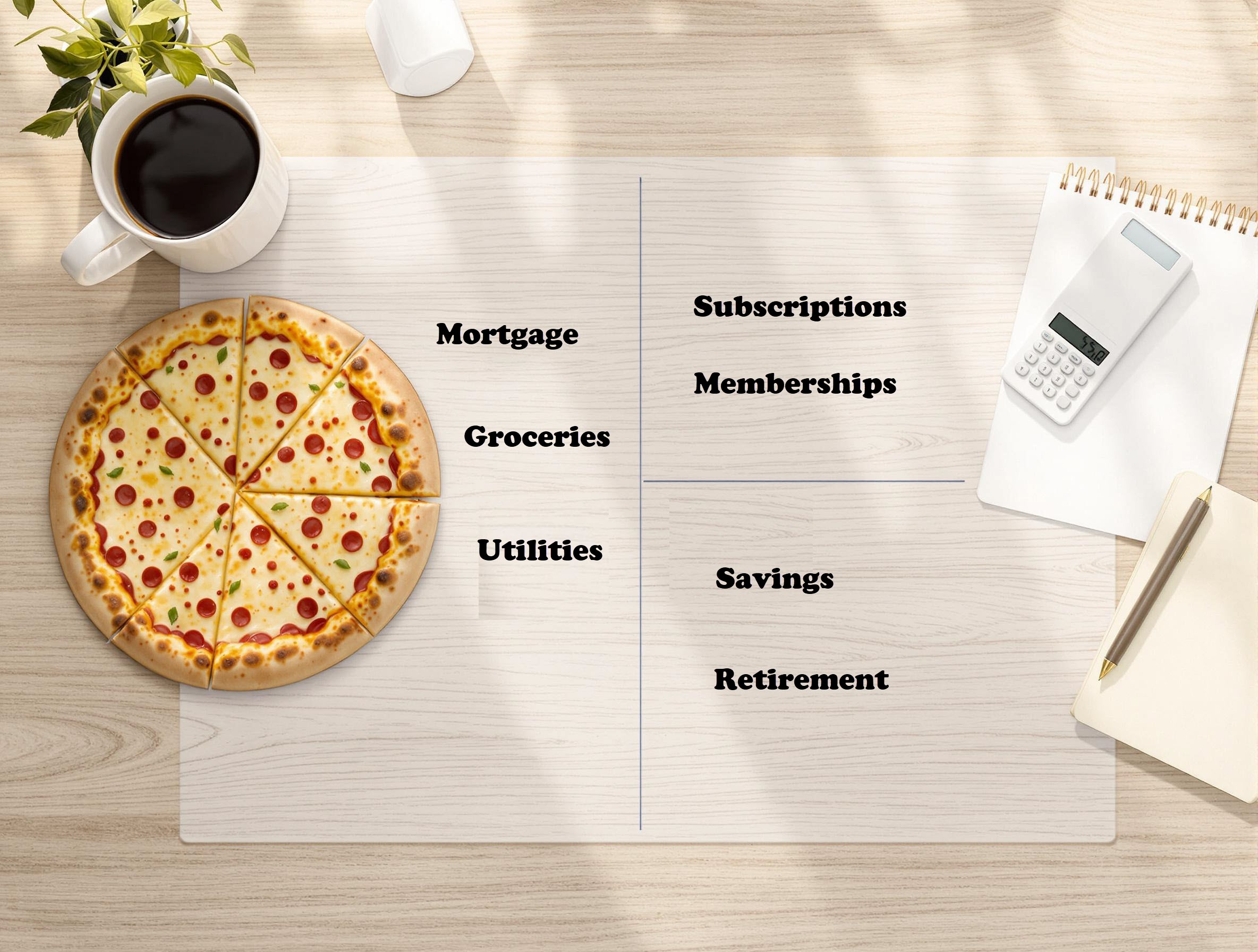Financial Foundation Reset: Your Mid-Life Money Checklist

Essential Financial Habits That Move the Needle
Are you feeling stuck with your finances? You’re not alone. Many men in their 40s and 50s find themselves wondering if they’re making the right money moves. Let’s break down the essential steps to reset your financial foundation and build a stronger future.

The 50-30-20 Rule Simplified
Think of your money like a pizza that’s already sliced into three pieces. The biggest slice (50%) goes to your needs, the medium slice (30%) to your wants, and the smallest slice (20%) to your future self. Simple, right?

Weekly Money Check-ins
Just like checking your weight or blood pressure, your finances need regular attention. Set aside 30 minutes every Sunday evening to review your spending and adjust course if needed.
Weekly Money Check-ins (Explained)
1. Review Your Recent Transactions
2. Quick Numbers Check
3. Progress Tracker
4. Next Week’s Game Plan
Pro Tip: Keep a simple notes app or spreadsheet open during these check-ins. Think of it like a workout log, but for your money. No fancy systems needed – just the basics to keep you on track.
Remember: The goal isn’t perfection. Just like skipping one workout won’t ruin your fitness, one overspending week won’t destroy your finances. It’s about staying aware and making adjustments as needed.

Common Money Mistakes You Might Be Making
Let’s look at practical scenarios where this holistic approach makes a difference:
1. The “I’ll Start Tomorrow” Syndrome
We’ve all been there – pushing off financial planning because it feels overwhelming. But here’s the truth: every day you wait is money left on the table.
2. Emotional Spending
That new car might feel good today, but will it help you reach financial independence? Before major purchases, wait 48 hours and ask yourself: “Does this align with my financial goals?”
3. The “I’ll Figure It Out Later” Retirement Plan
Think of retirement planning like training for a marathon. You wouldn’t wait until the week before to start training, right? Many men in their 40s push off retirement planning, thinking they have plenty of time. But here’s the reality: starting now, even with small steps, is better than perfect planning tomorrow.
Quick Fix:
4. The “Keeping Up With the Joneses” Trap
We’ve all been there – your neighbor just got a new boat, or your colleague is talking about their latest investment property. But here’s the truth: what you don’t see is their financial statement. Many people living the “high life” are actually drowning in debt.
Real-World Example: Instead of buying the $60,000 luxury SUV because “you deserve it,” consider a reliable $30,000 vehicle and invest the difference. In 10 years, that $30,000 invested wisely could grow to much more, while the luxury car will be worth a fraction of its original price.

Tools That Make Money Management Easier
Budgeting Apps for Beginners
Investment Platforms
Final Thoughts
Remember, financial success isn’t about making perfect decisions – it’s about consistent progress. Start with one habit from this list and build from there
Action Steps:
Week 1: Track every dollar (yes, even that coffee)
Week 2: Set up automatic savings
Week 3: Review and optimize bills
Week 4: Create your investment strategy







